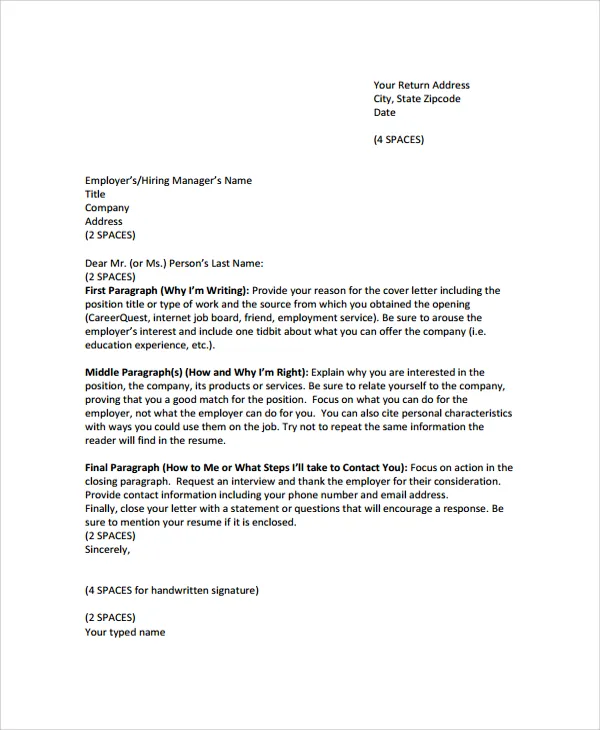Cover Letter Format: A Comprehensive Guide
A well-crafted cover letter is a critical component of any successful job application. It’s your opportunity to make a strong first impression, showcase your personality, and highlight why you’re the perfect fit for the role. This guide provides a comprehensive overview of cover letter format, ensuring you create a document that captures attention and increases your chances of landing an interview.
Understanding the Purpose of a Cover Letter
The primary purpose of a cover letter is to introduce yourself to the hiring manager and express your interest in the specific job opening. It allows you to expand on your resume, providing additional context and detail about your skills, experiences, and accomplishments. It’s your chance to tell a story and demonstrate how your qualifications align with the company’s needs and values.
Why a Cover Letter Matters
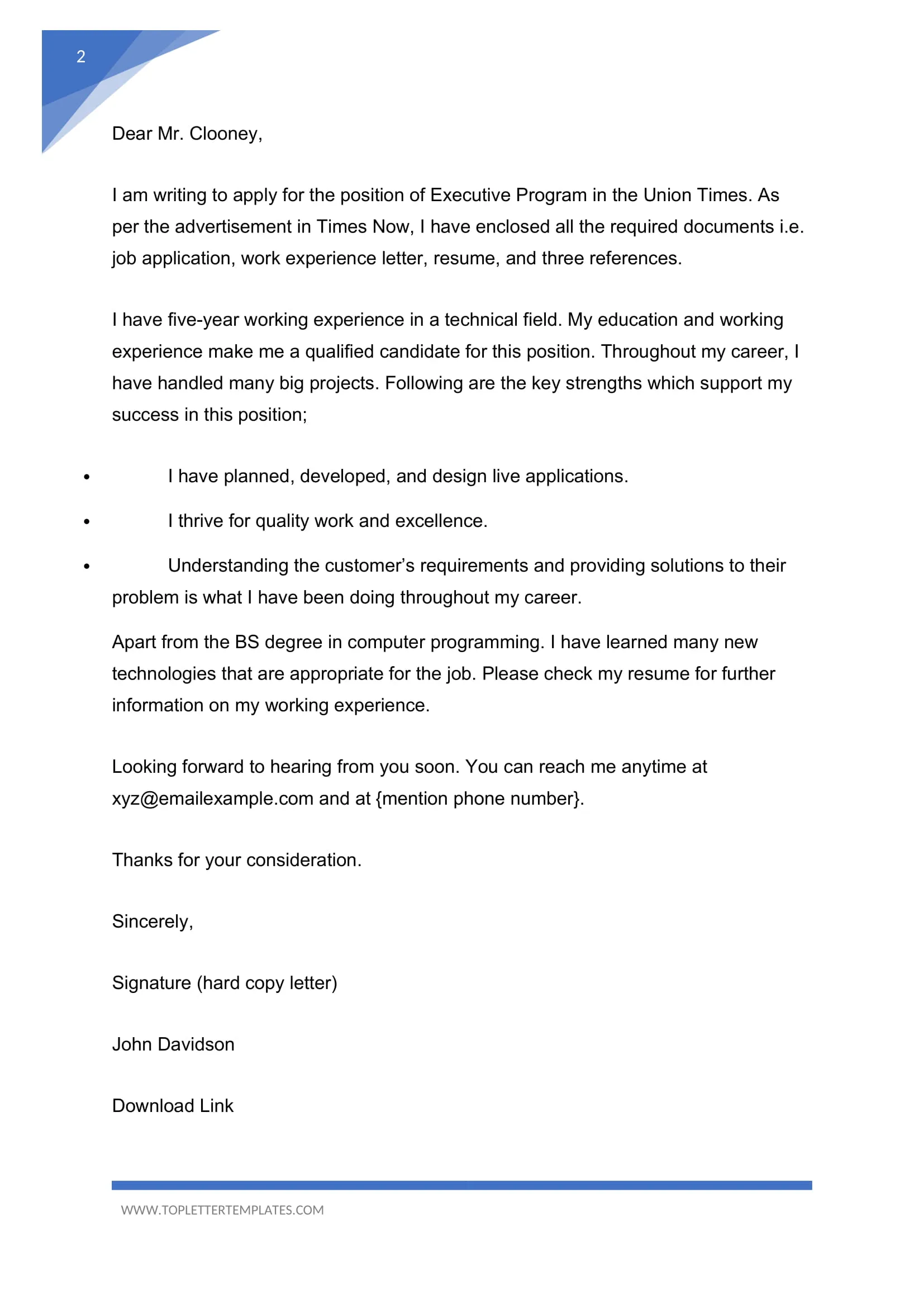
In today’s competitive job market, a cover letter can make or break your application. Many employers still highly value them. A cover letter allows you to personalize your application, show genuine interest, and highlight specific skills relevant to the job. It helps differentiate you from other applicants, especially when applying for a job. It also allows you to showcase your writing skills and attention to detail, which are crucial for many roles.
Key Elements of a Successful Cover Letter
A successful cover letter is well-structured, concise, and tailored to the specific job and company. It should include essential components that effectively communicate your qualifications and enthusiasm. These elements work together to create a compelling narrative that captures the hiring manager’s attention and leaves a lasting impression.
Your Contact Information
At the top of your cover letter, include your full name, phone number, email address, and optionally, your LinkedIn profile URL. Ensure your contact information is accurate and professional. Using a professional email address is crucial – avoid using nicknames or unprofessional language in your email address. This ensures the hiring manager can easily reach you.
Date and Recipient Details
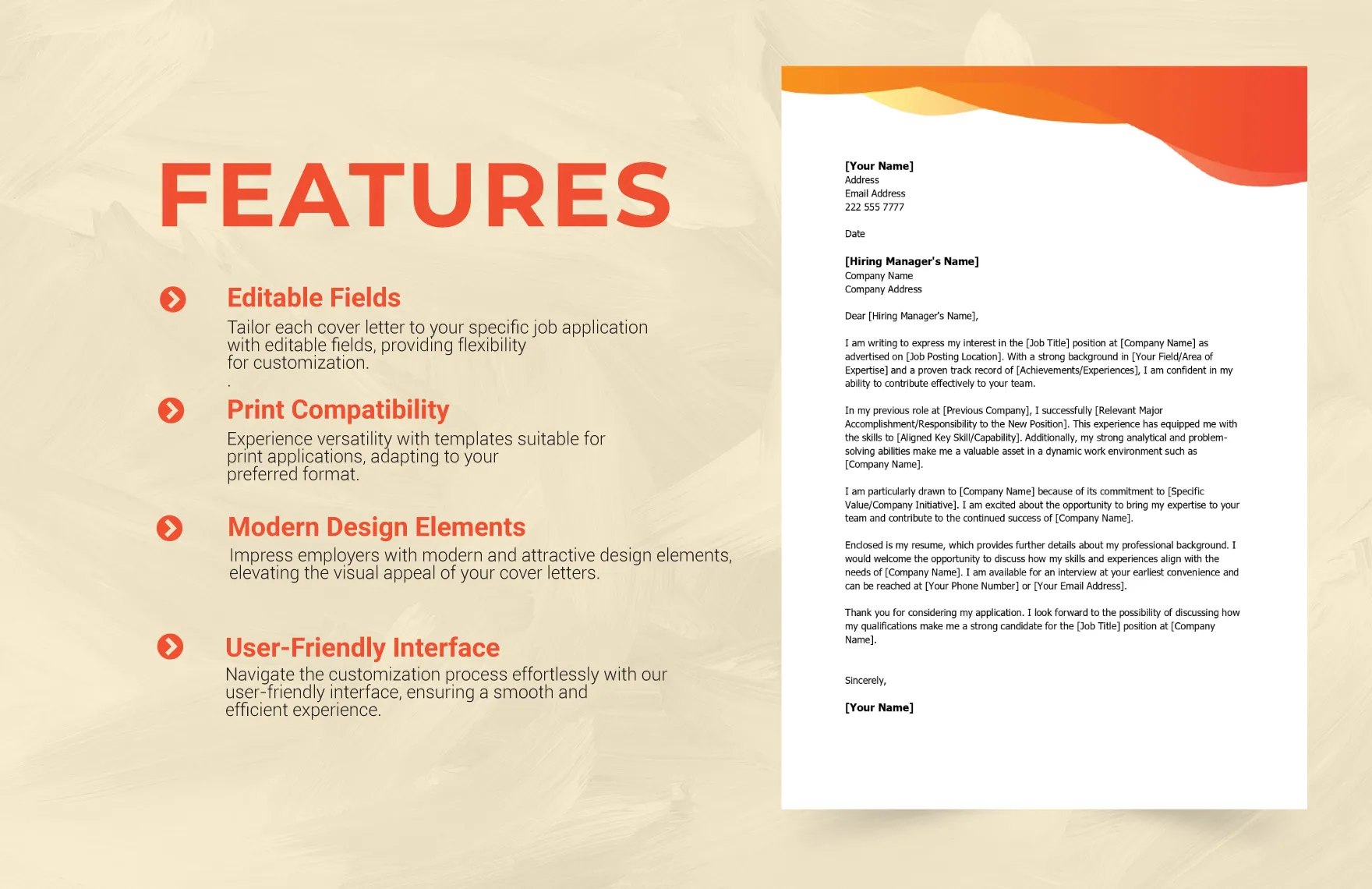
Below your contact information, include the date and the recipient’s information. Address the letter to the hiring manager or the specific person mentioned in the job posting, if possible. If you can’t find a name, use a professional salutation like ‘Dear Hiring Manager’.
The Salutation
Start your cover letter with a professional salutation. If you know the hiring manager’s name, use ‘Dear Mr./Ms./Mx. [Last Name]’. If not, use ‘Dear Hiring Manager’ or ‘Dear [Company Name] Hiring Team’. Avoid generic greetings like ‘To Whom It May Concern’, as they can make your letter feel impersonal.
Crafting a Compelling Opening Paragraph
Your opening paragraph is your chance to grab the reader’s attention. State the position you’re applying for, where you found the job posting, and a brief statement of why you’re interested in the role and the company. Consider including a brief, impactful statement that highlights your key skill or achievement. This sets the tone for the rest of the letter.
Highlighting Your Skills and Experience
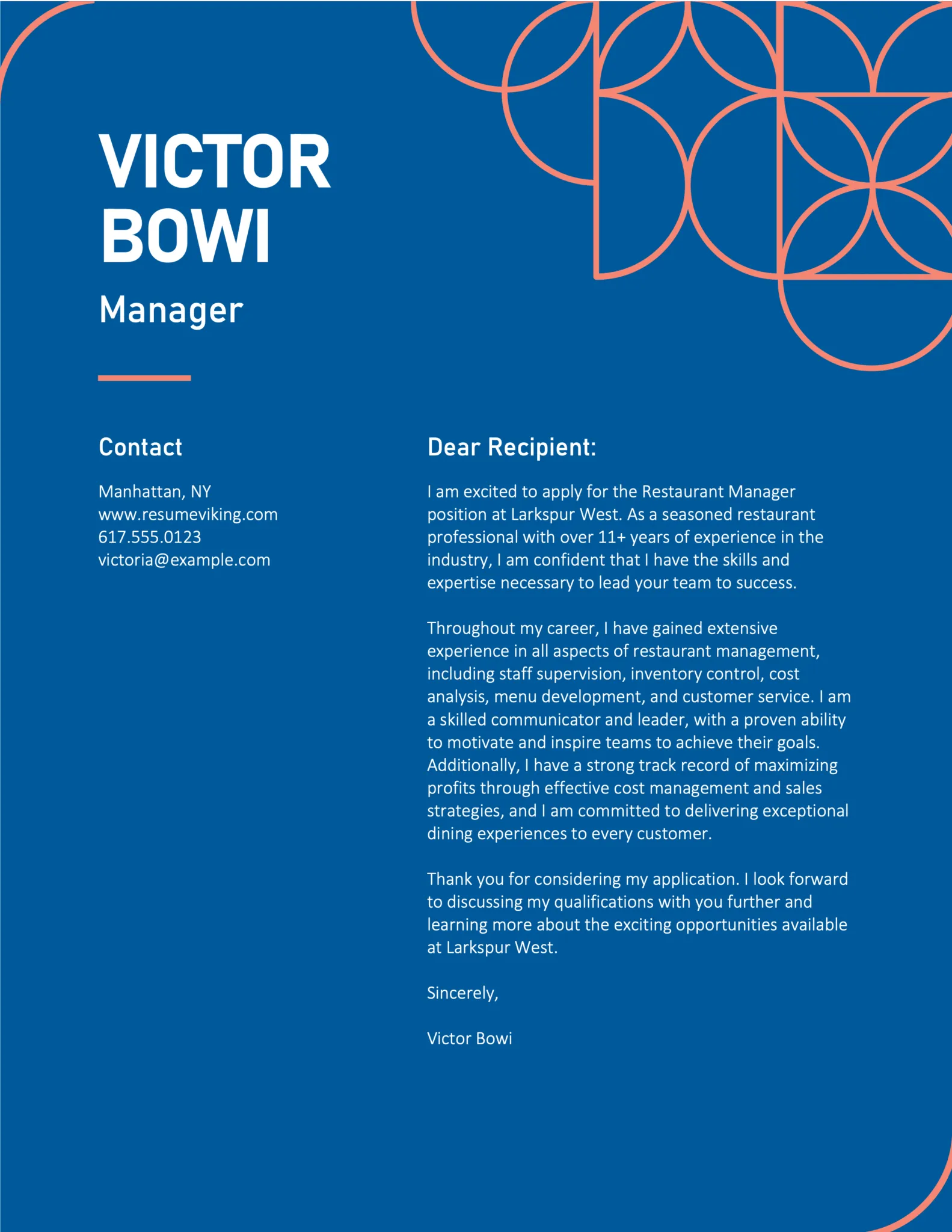
The body of your cover letter should focus on highlighting your skills and experiences that are relevant to the job requirements. Analyze the job description carefully and identify the key qualifications the employer is seeking. Then, provide specific examples from your past experiences that demonstrate those skills. Use action verbs and quantify your achievements whenever possible to make your claims more compelling.
Matching Skills to Job Requirements
Carefully review the job description and identify the essential skills and qualifications. Then, match your skills to these requirements, providing specific examples of how you’ve used those skills in previous roles. Customize your letter to emphasize the skills and experiences that align most closely with what the employer is looking for.
Quantifying Your Achievements
Whenever possible, quantify your achievements to demonstrate the impact you’ve had in previous roles. Use numbers, percentages, or specific data to illustrate your successes. For example, instead of saying ‘Improved customer satisfaction’, say ‘Increased customer satisfaction by 15% through implementing a new feedback system’.
Demonstrating Your Enthusiasm
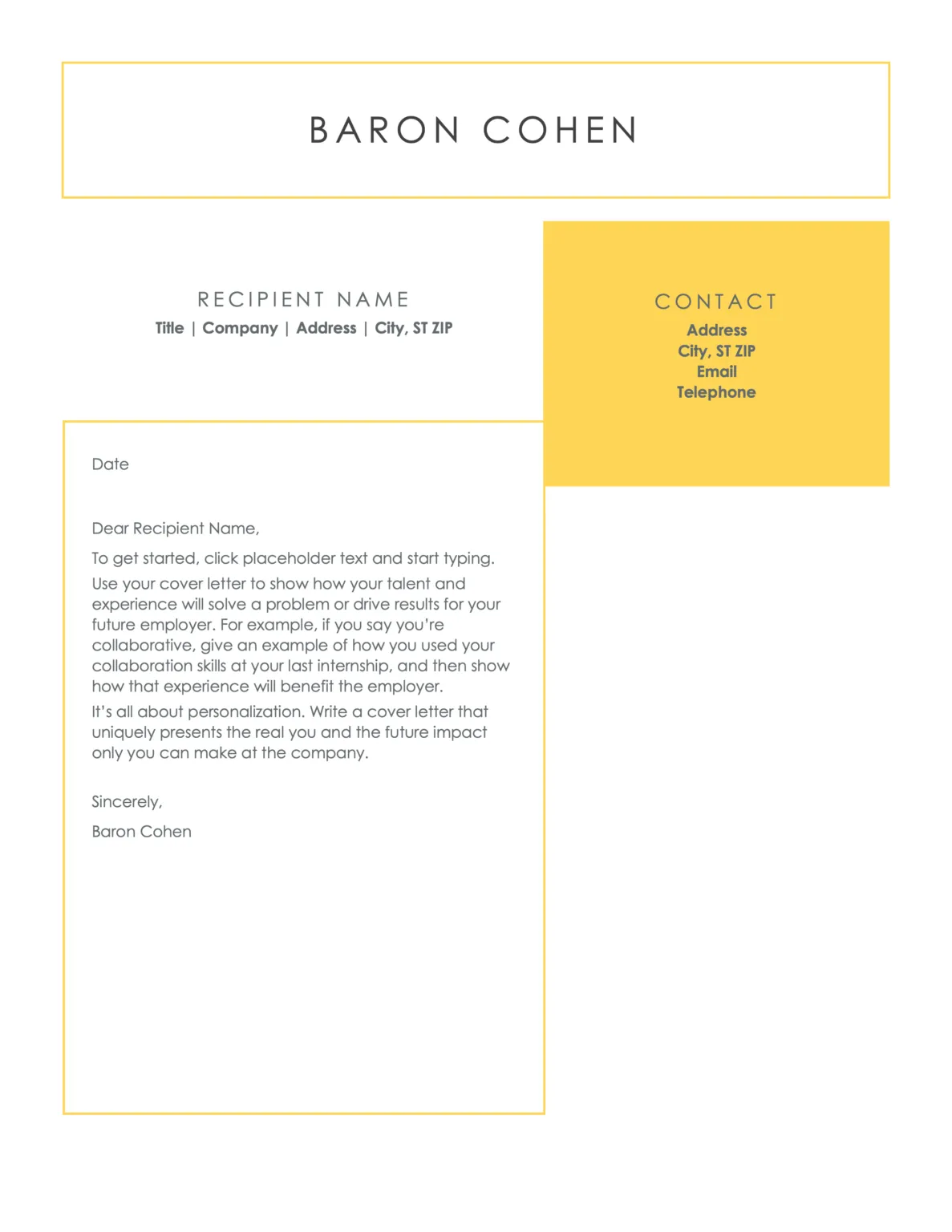
Express your genuine enthusiasm for the role and the company. Explain why you’re excited about the opportunity and what attracts you to the company’s mission, values, or culture. Show that you’ve researched the company and understand its goals. This demonstrates your interest and makes you stand out from other applicants.
The Closing Paragraph and Call to Action
Your closing paragraph should summarize your interest in the role and reiterate your key qualifications. Include a clear call to action, such as expressing your availability for an interview or inviting the hiring manager to contact you. Keep it concise and professional. A strong closing leaves a positive lasting impression.
Thanking the Reader and Providing Contact Information
Thank the reader for their time and consideration. Reiterate your contact information, including your phone number and email address, to make it easy for them to reach you. End with a professional closing, such as ‘Sincerely’ or ‘Best regards’, followed by your full name.
Cover Letter Formatting Best Practices
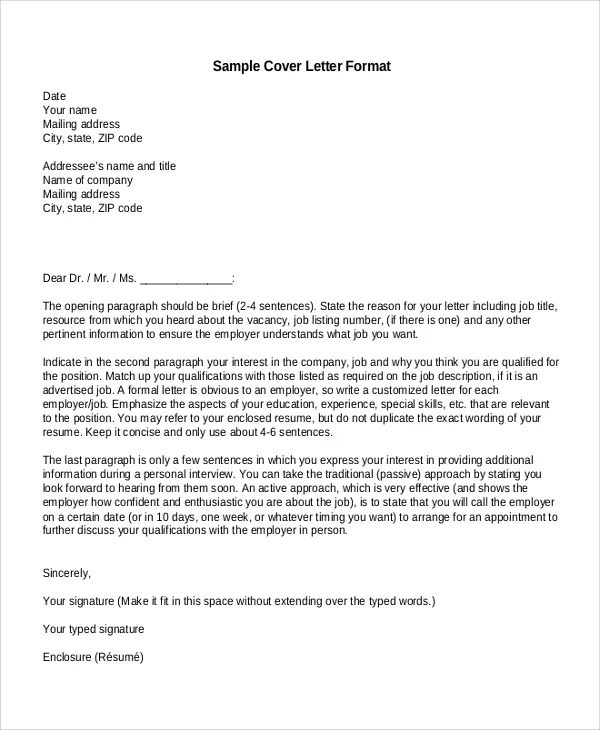
Proper formatting is essential for creating a professional and readable cover letter. Follow these best practices to ensure your letter looks polished and easy to read.
Font and Font Size
Use a clear, easy-to-read font like Times New Roman, Arial, or Calibri. Keep the font size between 10 and 12 points. Avoid using overly decorative fonts that can make your letter difficult to read.
Margins and Spacing
Set your margins to 1 inch on all sides. Use single spacing within paragraphs and double spacing between paragraphs. This creates ample white space, making your letter look organized and inviting.
Proofreading and Editing
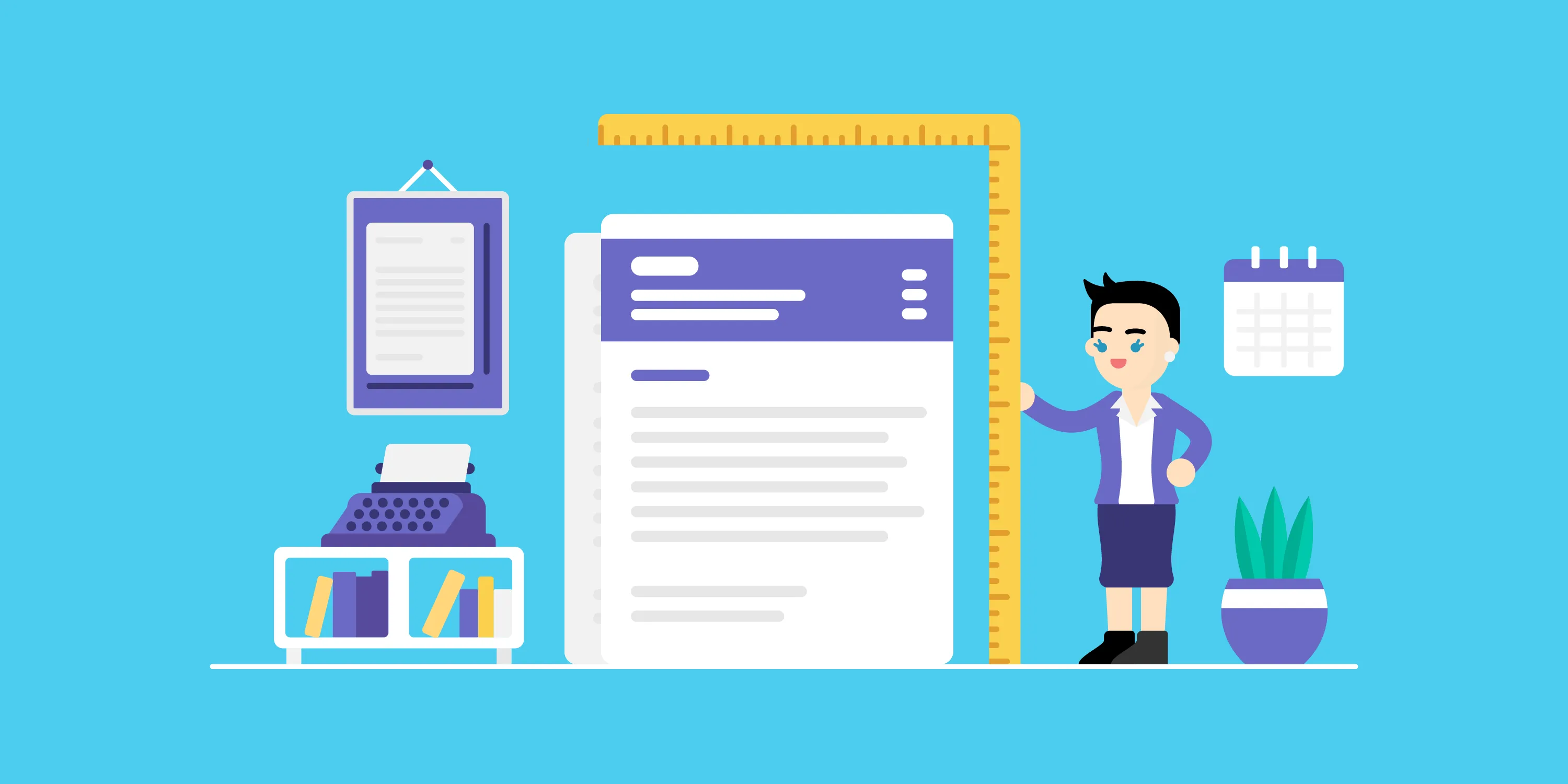
Proofread your cover letter carefully for any grammatical errors, typos, or punctuation mistakes. Use a spell checker and grammar checker, but don’t rely on them entirely. Have someone else review your letter to catch any errors you might have missed. A polished, error-free letter demonstrates your attention to detail.
Common Cover Letter Mistakes to Avoid
Avoid these common mistakes to ensure your cover letter makes a positive impression and doesn’t hinder your job application.
Generic Cover Letters
Sending a generic cover letter to multiple employers is a major turn-off. Customize your cover letter for each job you apply for, highlighting the specific skills and experiences that match the job requirements. This demonstrates your genuine interest and shows that you’ve put in the effort to understand the role and the company.
Typos and Grammatical Errors
Typos and grammatical errors can create a negative impression and suggest a lack of attention to detail. Always proofread your cover letter carefully before submitting it. Use a spell checker, grammar checker, and have someone else review it to catch any mistakes you might have missed. A polished letter demonstrates professionalism.
Ignoring the Job Description
Failing to tailor your cover letter to the specific requirements of the job description is a missed opportunity. Carefully review the job posting and identify the key skills and qualifications the employer is seeking. Then, highlight your relevant skills and experiences in your cover letter, providing specific examples to demonstrate how you meet those requirements.
Cover Letter Format Examples and Templates
Utilizing cover letter templates can be a great starting point, but it’s important to adapt them to your specific needs and the job you’re applying for. This section provides resources and tips for finding and using cover letter templates effectively.
Where to Find Cover Letter Templates
Numerous online resources offer free or premium cover letter templates. Websites like Microsoft Word, Canva, and Resume.io provide a variety of templates in different styles. When choosing a template, make sure it aligns with the industry and the job you’re applying for. Also, ensure the template is easily customizable to fit your specific information.
Adapting Templates to Your Needs
Don’t simply fill in the blanks of a template. Customize the template to reflect your unique skills, experiences, and the specific requirements of the job. Personalize the opening paragraph, tailor the content to highlight relevant qualifications, and showcase your enthusiasm for the role and company. Adapting the template shows that you’ve invested time and effort into creating a targeted cover letter.
Tailoring Your Cover Letter to Specific Jobs
The most effective cover letters are tailored to the specific job you’re applying for. This involves researching the company, carefully analyzing the job description, and highlighting the skills and experiences that are most relevant. Customization shows your genuine interest and increases your chances of securing an interview.
In conclusion, mastering the cover letter format is a crucial step in your job search. By following the guidelines outlined in this comprehensive guide, you can create a compelling cover letter that grabs the attention of hiring managers and increases your chances of landing your dream job. Remember to tailor your letter to each job, proofread carefully, and always showcase your enthusiasm and qualifications. Good luck with your job search!
